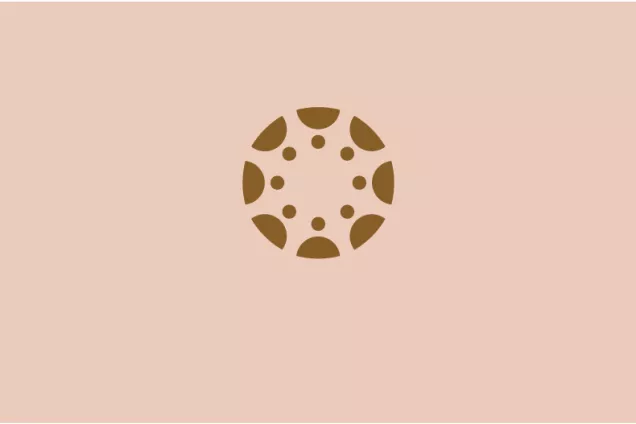by Björn Fritz
What are the traits of a good course?
During the past year’s work using Canvas, there have been many good courses at Lund University, and within the Canvas group the traits of a good course have often been discussed. The truth is that there is no one right answer, but many. Each course in Canvas needs to match the overall course content and form of teaching.
Structured information
What we have seen works really well are courses that are designed to give the course content a clear structure; where all material posted in Canvas is presented in its context, and where Canvas clarifies to the students what they are expected to do, how they are expected to do it and when.
We know how our courses work. Our students, on the other hand, have no idea. But with Canvas we can help them understand our thought process even before the course starts if we so wish. There is not a lot that distinguishes a well-structured course from an unstructured course, so I hope the following can be a help in getting all the information you want to share in order.
Read Björn’s tips!
Björn has created a course (in Swedish) with various components outlining things to consider when creating a course for the Canvas learning platform:
In the Canvas collaboration group, you will also find the guide on how to create a course in a few simple steps:



